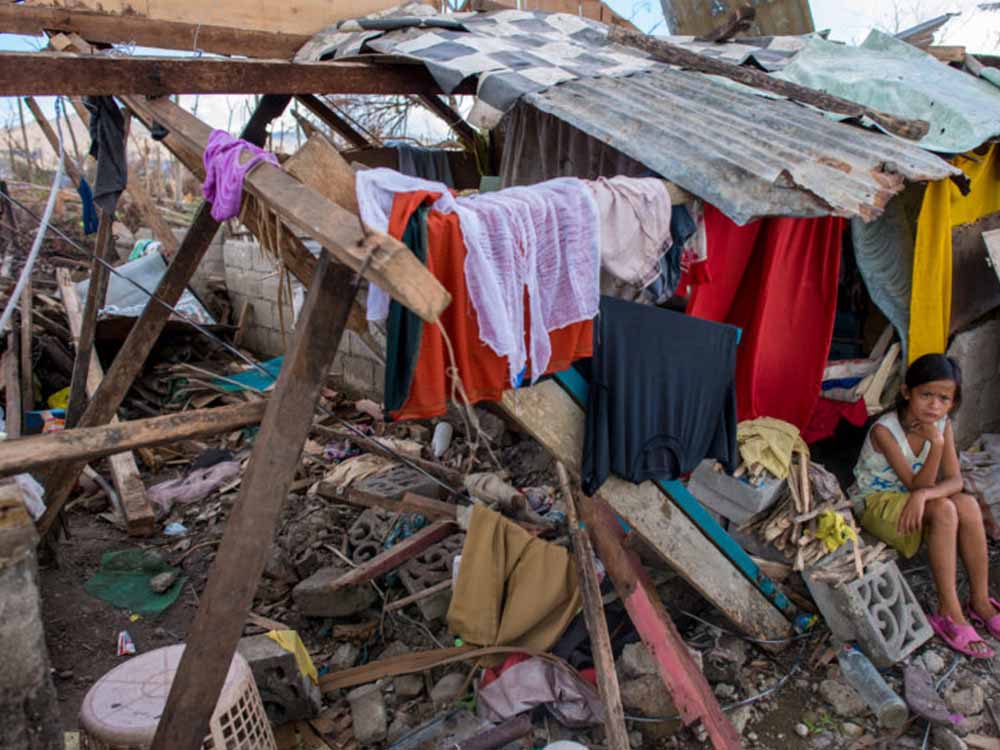Understanding Typhoon Haiyan (Yolanda): The Devastating Natural Disaster of 2013
Typhoon Haiyan, also known as Yolanda, emerged as one of the most powerful and catastrophic tropical cyclones ever recorded. This detailed overview provides comprehensive insights into the origins of the typhoon, its trajectory, the extensive devastation it caused, international aid efforts, and the long-term impacts on the affected regions.
Unveiling the Force of Nature
- The Birth of a Cyclone: Unraveling the formation of Typhoon Haiyan, tracing its origins in the warm waters of the Pacific Ocean and its intensification into a Category 5 super typhoon, with wind speeds exceeding 300 kilometers per hour, before making landfall in the Philippines.
- The Trail of Destruction: Exploring the typhoon’s devastating impact on the Philippines, detailing the widespread destruction of infrastructure, homes, and communities, along with the catastrophic loss of life, leaving a lasting mark on the landscape and the lives of countless individuals.
Humanitarian Crisis and International Response
- Emergency Relief Efforts: Examining the immediate humanitarian crisis that unfolded in the aftermath of the disaster, with millions left without shelter, food, or access to clean water, prompting a swift international response from various governments, NGOs, and humanitarian organizations.
- Global Aid Initiatives: Shedding light on the collaborative efforts of the international community, including the provision of emergency aid, medical assistance, and logistical support, underscoring the solidarity and empathy displayed by nations across the globe in helping the Philippines recover from the devastation.
Rebuilding and Rehabilitation
- Long-Term Rehabilitation Strategies: Investigating the long-term strategies implemented for the rehabilitation and reconstruction of the affected regions, including the rebuilding of infrastructure, restoration of livelihoods, and initiatives to enhance disaster preparedness and resilience in the face of future natural disasters.
- Challenges and Resilience: Analyzing the challenges encountered during the arduous process of recovery, highlighting the resilience of the Filipino people and their unwavering determination to rebuild their communities, restore their livelihoods, and foster a sense of hope for the future.
Lessons Learned and Adaptation
- Environmental Implications: Evaluating the environmental implications of Typhoon Haiyan, emphasizing the need for sustainable development practices, climate change mitigation strategies, and the promotion of eco-friendly infrastructure to minimize the vulnerability of coastal communities to future extreme weather events.
- Catalyst for Change: Reflecting on the disaster as a catalyst for policy changes, international cooperation, and the implementation of innovative disaster risk reduction measures, emphasizing the importance of fostering community resilience, early warning systems, and effective emergency response mechanisms.











